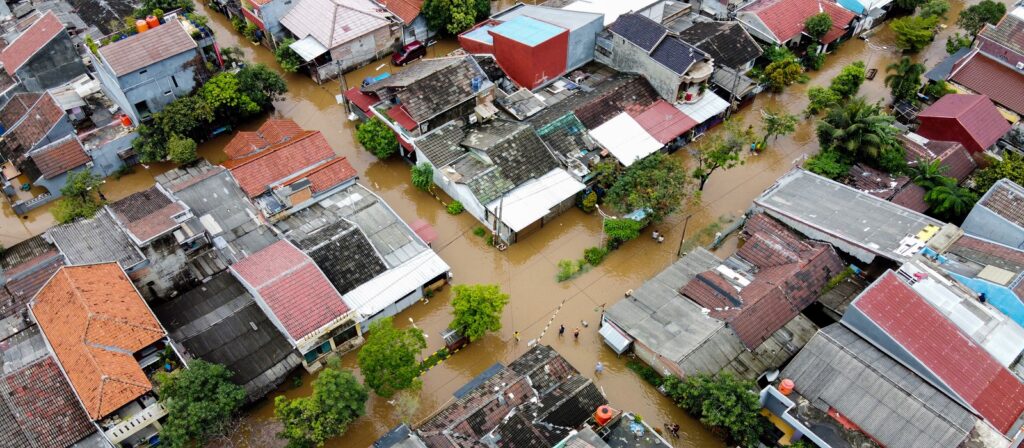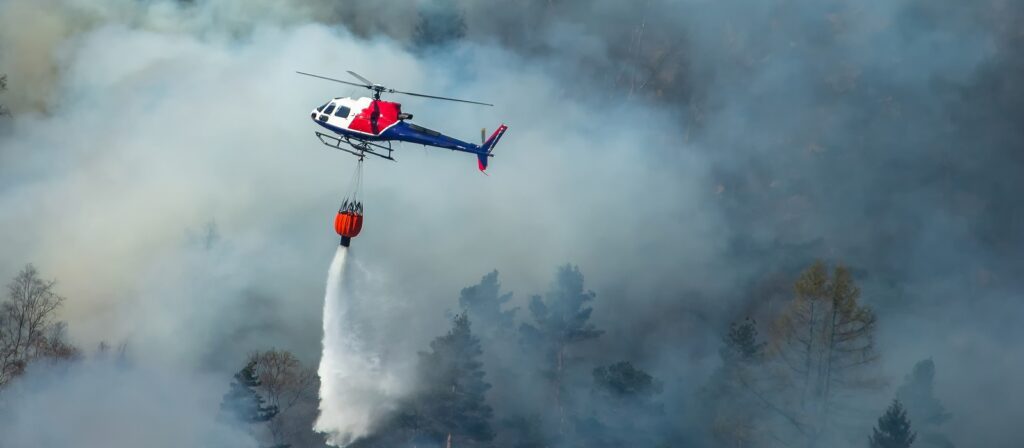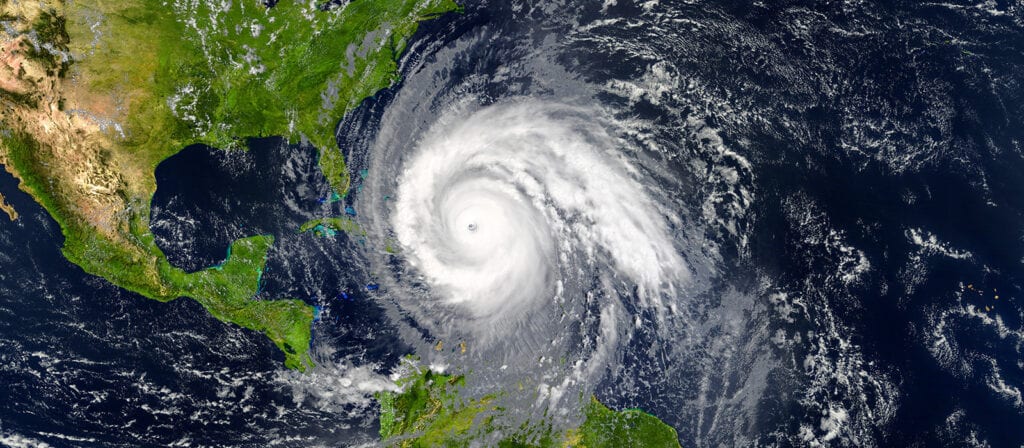“The climate risk landscape is continually evolving, and globally there has been a greater desire from the market to provide new solutions with climate risk impacting the financial strength and creditworthiness of a re/insurer,” writes Andrea Keenan, Chief Strategy Officer at ICMIF Supporting Member AM Best.
We are pleased to share this guest blog from Andrea, which is reproduced here for the benefit of ICMIF members with permission. The article is from Insurance Day’s Climate Risk report and has been reproduced by permission of Lloyd’s List Intelligence.
Climate risk factors play an important role in the financial strength of a re/insurance company writing property business.
Of course, any material risks have always been considered in AM Best’s rating approach. Beyond reviewing a company’s risk management to understand how it assesses the climate-related risks the company faces, AM Best also takes into account potential modelled losses in determining a company’s required capital in Best’s Capital Adequacy Ratio, as we seek to consider all the risks that could impact the financial strength and creditworthiness of a re/insurer.
ESG
Over the past several years, the global trend has been to include climate risk factors under the umbrella of environmental, social and governance (ESG). At AM Best, we have always included considerations of these risks in our rating methodology.
However, two years ago, in the Best’s Credit Rating Methodology, we explicitly separated any factors related to E, S or G.
AM Best has not changed its view of these factors, but analysts now identify them separately for the sake of disclosure to both regulators and the larger market via credit reports.
AM Best has identified climate risk as falling under the “E” in ESG, with the greatest potential and immediate impact in the form of natural catastrophes, particularly for property/casualty insurers.
For climate-related risk, there are three main areas of focus from a ratings perspective: physical, transitional and liability-related risks.
Physical risk captures the changing frequency and intensity of weather-¬related events; transitional risk is associated with the transition to a low-carbon economy; and liability risk relates to possible increases in litigation arising from pollution or contamination.
Liability from environmental risks is another risk AM Best has long taken into account in its rating methodology. Again, we consider how a company manages this risk, as well as modelling the potential for unfunded liabilities and the impact they might have on a company’s financial strength.
Increasing risk
Some perils and regions have well-established data and modelling, such as hurricanes. Other perils, deemed by some as “secondary” – such as wildfires and flooding – now have a higher frequency as well as rising severity.
According to the National Oceanic and Atmospheric Administration’s National Centres for Environmental Information, 60 separate billion-dollar-plus disaster events have occurred in the US over the past three years alone, nearly double the amount that occurred during the entire 1980s.
Human migration patterns have played a part. US Census Bureau figures show, while the country’s population grew 15.7% between 2000 and 2017, it increased by 26.1% along the Gulf of Mexico coastline. Similar growth trajectories have played out in wildfire-prone areas as well.
The financial impact of such events will depend on a company’s gross and net exposures, the level of protection, modelling capabilities, and the ability to properly use those models to establish a strong understanding of the risk it faces.
Ultimately, the focus on its catastrophe risk and the amount of risk a company accepts on both a gross and net basis is all relative to its risk appetite. But there are risks and regions where that risk is not well understood. In some areas, including those most likely to be devastated by natural catastrophes, there is an inability to capture sufficient data on the risk.
Moreover, according to the Organisation for Economic Co-operation and Development, the “impacts of climate change are not evenly distributed. Developing countries – especially least developed countries and small island developing states – are disproportionately affected by the impacts of climate change. This is due both to their geographic location and high-levels of exposure and vulnerability to climate-related hazards. Marginalised populations and communities, within and across countries, are particularly vulnerable.”
Cooperation
Climate risks – like pandemics, terrorism, and cyber – require mitigation by individuals, the private sector, the public sector and the international community.
Initiatives such as the 1997 Kyoto Protocol and the 2015 Paris Agreement have been insufficient in motivating the world to change, given the challenges associated with sacrificing economic growth to accommodate climate objectives.
Climate risk is global, but there is no global mechanism to prevent it, and the insurance industry is often seen as the recipient of that risk. But governments can tap into the experience and knowledge of the industry and work with insurers and risk managers to guarantee protection of the populations they represent.
Recent heightened awareness of climate risk may be the catalyst needed to pull together the right parties to take on these risks.
The Insurance Development Forum, the UNEP FI Principles for Sustainable Insurance and the Microinsurance Network are a few examples of public and private organisations joining together to tackle the need for insurance-based solutions to these global problems.
AM Best participates with all three of these organisations as they are consistent with our purpose, to strengthen the financial solvency, stability and sustainability of the insurance industry and support the economic growth and wellbeing of all stakeholders.
The climate risk landscape is continually evolving, and globally there has been a greater desire from the market to provide new solutions.
Re/insurers have always provided solutions and protection against weather-related events; now, other disciplines are providing innovative initiatives that may help prevent and mitigate risk.
Innovators in environmentally friendly solutions are finding insurance could be the way to reach the maximum amount of people for the greatest impact.
In the future, as before, insurance is the mechanism by which we can flourish in the face of uncertainty.
AM Best will be represented at the ICMIF Meeting of Reinsurance Officials (MORO) in June 2023. The event takes place from 6 to 8 June in Des Moines, Iowa (USA). Steve Chirico, Director of Global Reinsurance, AM Best will join a panel discussion on the current state of the reinsurance market and Joe Burtone, Director of Property & Catastrophe will speak in a session on “Climate, claims and catastrophe modelling”. Learn more about the event and register here.






